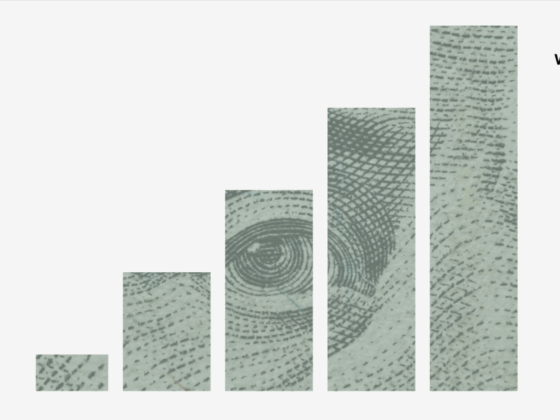
Consumer sentiment scores recovered slightly in June from a massive drop throughout the prior six months, but that doesn’t necessarily mean diners are sprinting back to restaurants.
Several recent surveys, including from KPMG and Popmenu, find that Americans are reducing their spending on dining out, citing continued economic uncertainty. However, new data from Big Chalk Analytics provides some room for some optimism. Some.
Big Chalk data from June 2025 shows participation rates — consumers who typically dine out at least once a week — have improved since the fourth quarter of 2024, 77.3% compared to 76.4%. Further, their visits per week have increased to 2.19 from 1.99 in Q4 — or what Big Chalk partner and lead analyst Rick Miller calls “statistically significant.”
“In the restaurant industry, participation rates have ticked back up and visits per week are improving,” Miller said during a recent interview. “This shows that there might be some stabilization in the industry.”
That’s not to say the path forward is filled with roses and butterflies, however. Trade-off households are trending up compared to November, including those trading out of restaurants. The “trade-off customer” is defined as one who is actively trading off spending in at least four of the seven macrocategories tracked by Big Chalk — home/housing, auto, clothing/fashion, dining out, leisure travel, groceries, and movies.
In June, 87% of trade-off consumers planned to cut restaurant spending, compared to 85.2% in November. For all U.S. households, the forecast isn’t much brighter, with 43.7% planning to cut back on restaurants, compared to 39.6% in November and 42.9% in June 2024.
“The bad news for restaurants is they compete with grocery stores,” Miller said. “We are seeing more consumers, as of this study, leaning into groceries and the desire to cut grocery budgets has gone down, while the desire to cut dining out budgets has stayed flat or ticked up. We’re more optimistic for grocery than restaurants.
“But the good news is we don’t think restaurant traffic will get worse or decline in next six months. We have cautious optimism.”
According to federal data released Tuesday morning, menu prices have outpaced grocery prices for 27 months in a row and the gap between the two categories remains above the historical average.
That said, Miller’s cautious optimism for restaurants comes from stable household budgets. Big Chalk estimates the current median household income to be $85,632, including an approximate $3,400 increase in wages since the fall.
“We break down the entire household budget from taxes to auto, anything consumers are spending money on, and their budget is healthy, driven by wage gains and a steadily declining inflation rate. Plus, historically speaking, unemployment is generally good,” Miller said. “At the end of the month, consumers are doing ok, but they are saying they’re freaked out.”
Restaurants can ease that anxiety by hitting the sweet spot on promotions. Miller said giving consumers a financial incentive to leave their house to eat has proven successful at several brands, including, for example, Chili’s.
It’s also important to better understand the trade-off consumer, Miller said. This demographic has ticked up from 28% last year to 33% in November and 34.5% in June.
“These are households that are actively looking at different discretionary things they buy and trading off,” he said. “They also overindex as restaurant consumers. They struggle with discretionary budgets, but they like to spend that money. Your objective should be to reach those people. And if you can capture them, give them value and show that you’re a fun place to spend one night a week, you’ll be in a pretty good place.”
Contact Alicia Kelso at [email protected]







